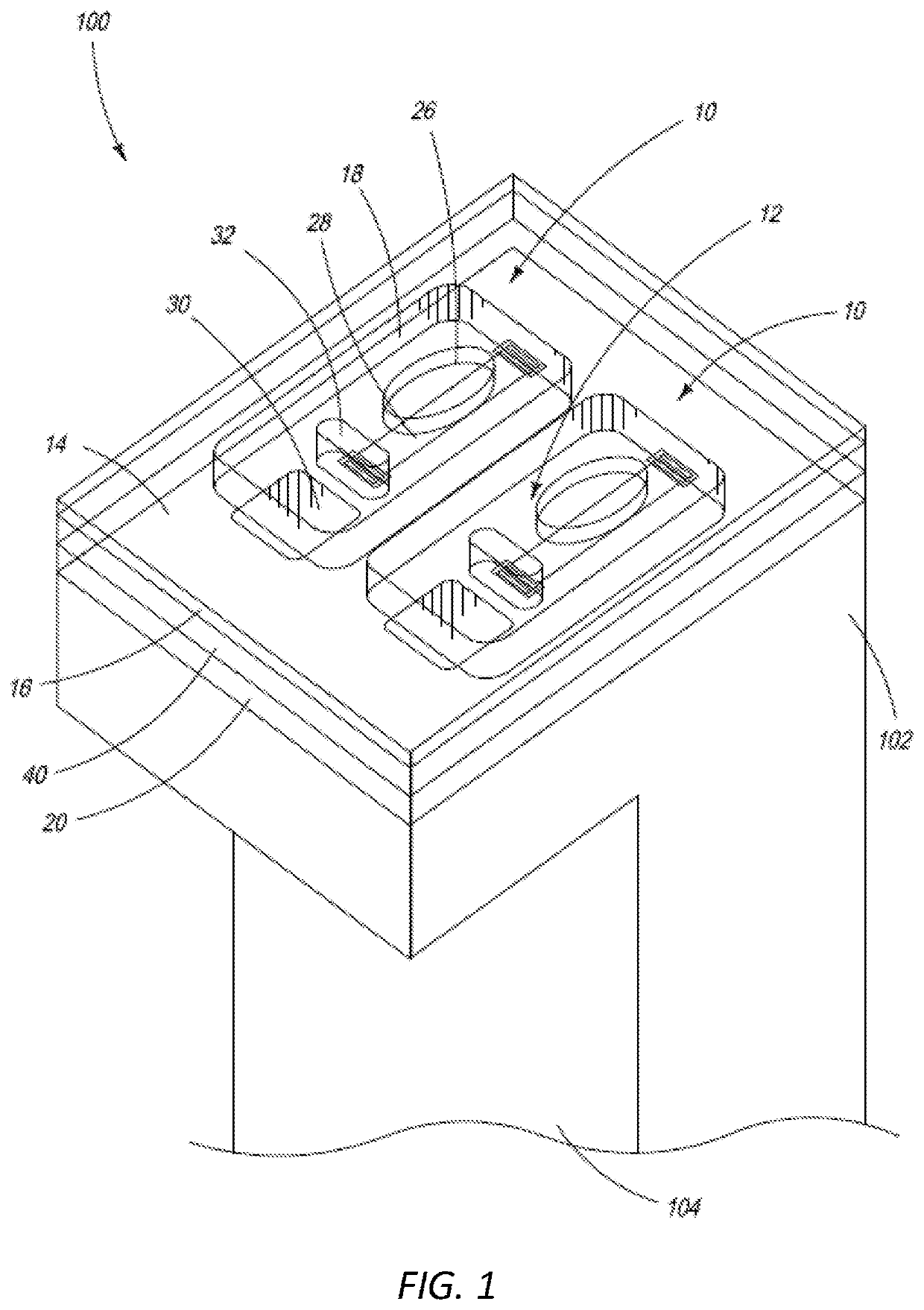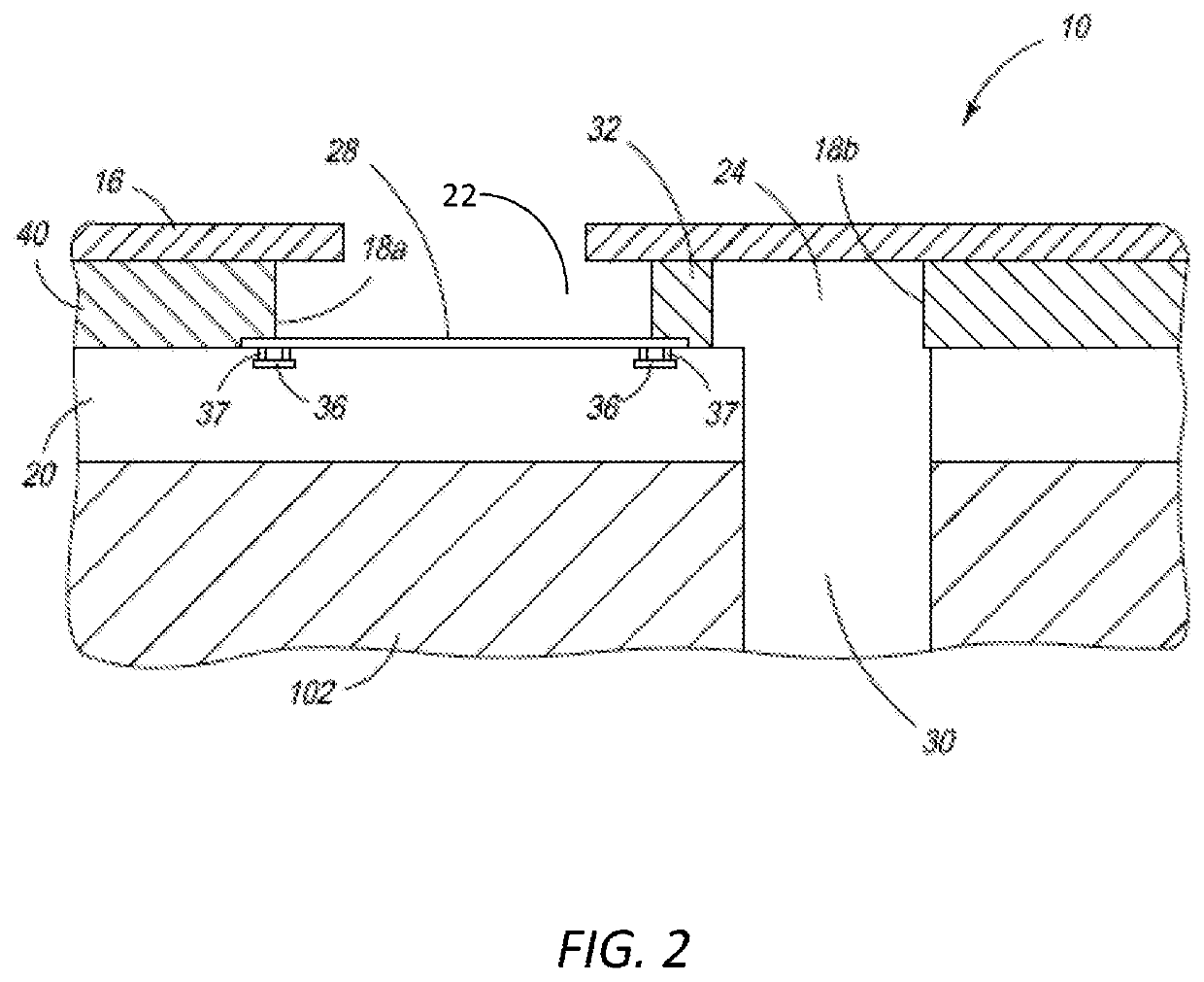Pigment-based ink formulations having improved printhead lifetime
a pigment-based ink and printhead technology, applied in the field of improving the lifetime of printheads, can solve the problems of short printhead lifetime, less robustness, and increased design demands of high-speed pagewidth printing, and achieve the effects of suppressing an alternative non-corrosive failure mechanism, improving printhead lifetime, and low toxicity
- Summary
- Abstract
- Description
- Claims
- Application Information
AI Technical Summary
Benefits of technology
Problems solved by technology
Method used
Image
Examples
Embodiment Construction
[0082]The present inventors have sought a solution to the problem of improving printhead lifetime by investigating the effect of localized pH changes in the vicinity of the heater element during droplet ejection. Since accelerated corrosion of metal oxides occurs at high pH and high temperature, it was hypothesized by the present inventors that lowering the pH in the vicinity of the heater element would inhibit such corrosion. Of course, simply formulating low pH inks is not viable with alkaline pigment dispersions, because the anionic pigment dispersions (or anionic surface-modified pigments) would simply flocculate upon protonation. Therefore, the present inventors took the innovative approach of investigating certain additives which have a lower pKa when heated. Ideally, the additive should be a compound which exists mostly in its conjugate acid form at the ink pH at room temperature and mostly in its dissociated form to liberate protons at elevated temperatures during droplet ej...
PUM
| Property | Measurement | Unit |
|---|---|---|
| wt. % | aaaaa | aaaaa |
| thickness | aaaaa | aaaaa |
| pKa | aaaaa | aaaaa |
Abstract
Description
Claims
Application Information
 Login to view more
Login to view more - R&D Engineer
- R&D Manager
- IP Professional
- Industry Leading Data Capabilities
- Powerful AI technology
- Patent DNA Extraction
Browse by: Latest US Patents, China's latest patents, Technical Efficacy Thesaurus, Application Domain, Technology Topic.
© 2024 PatSnap. All rights reserved.Legal|Privacy policy|Modern Slavery Act Transparency Statement|Sitemap


